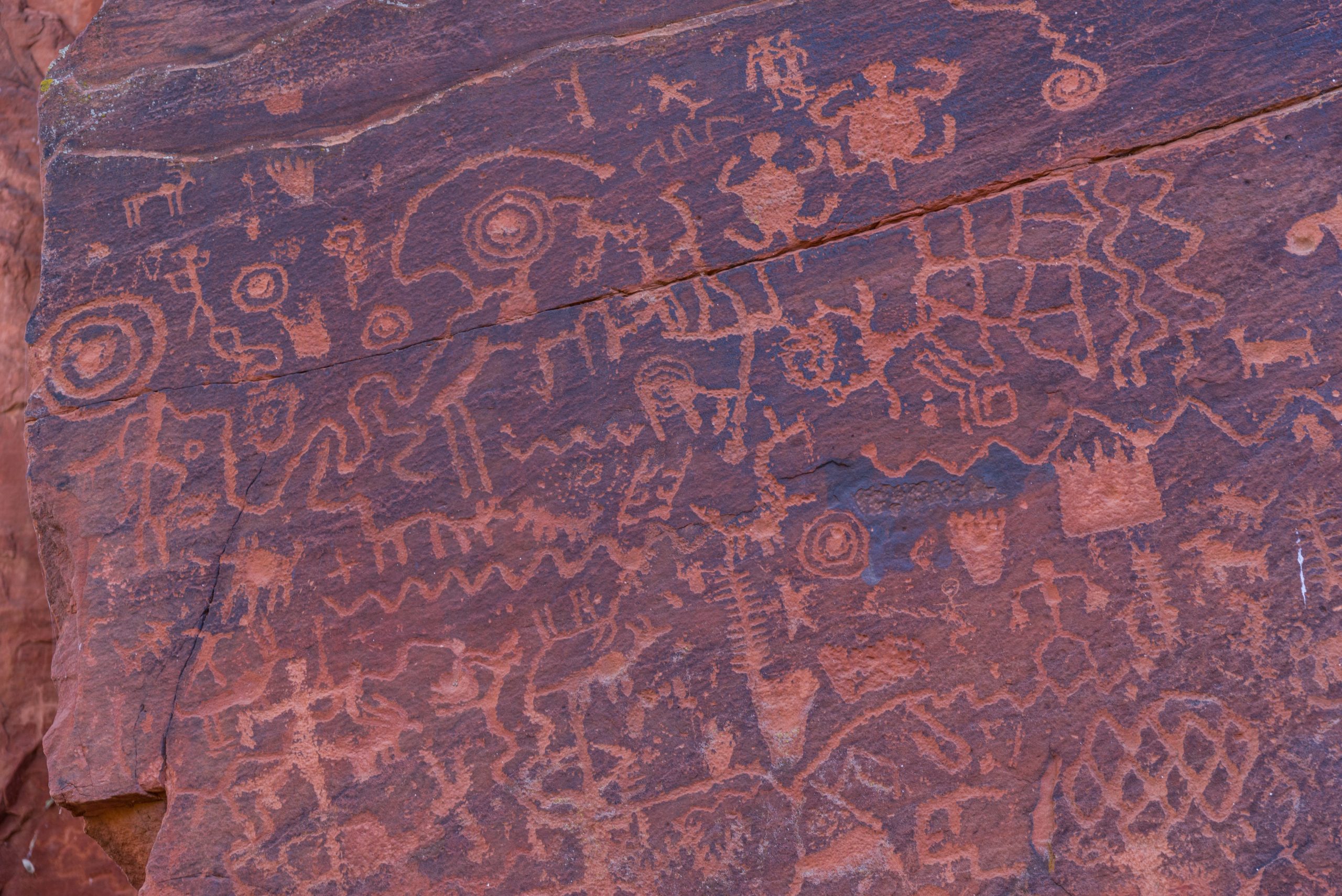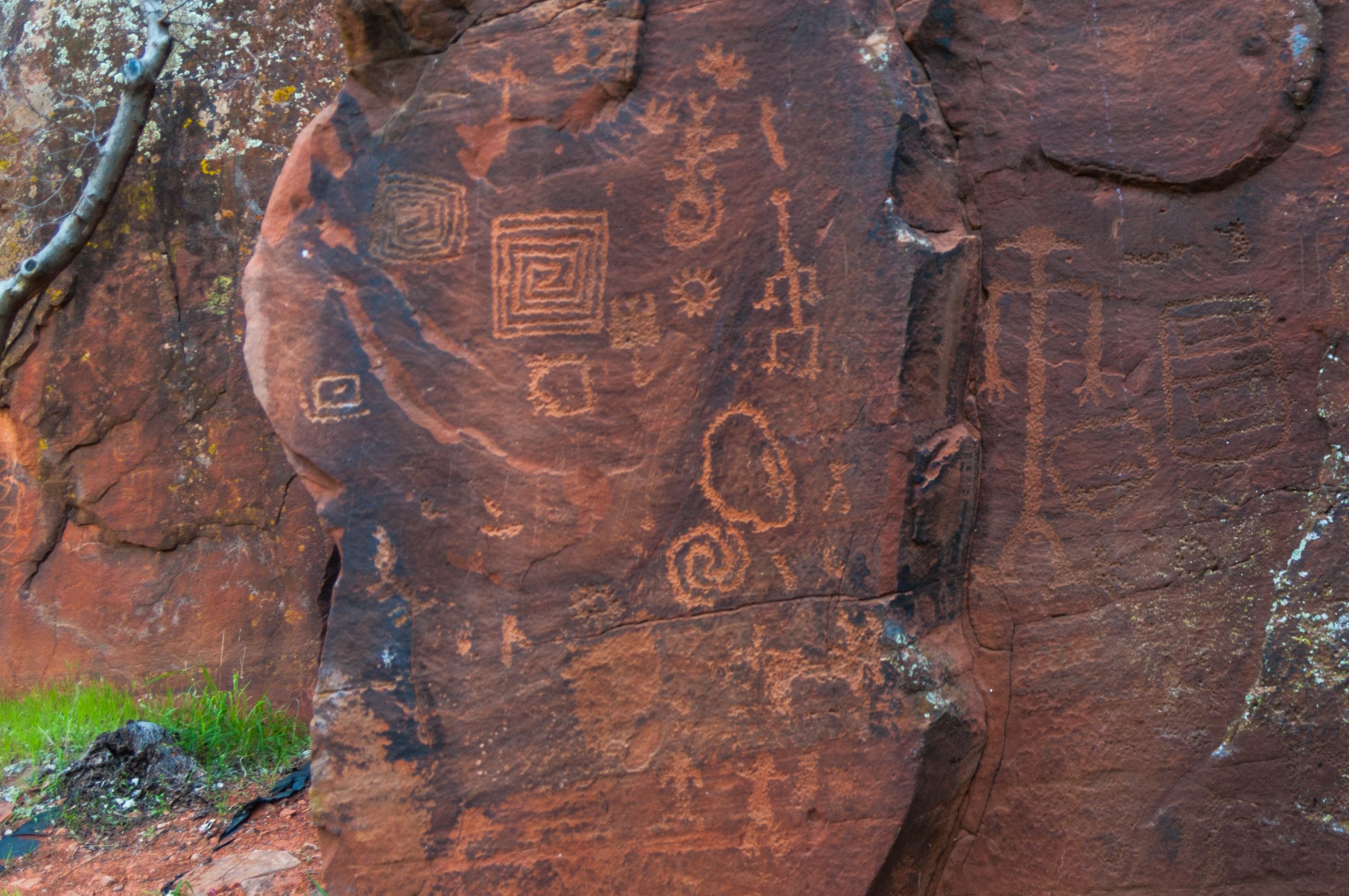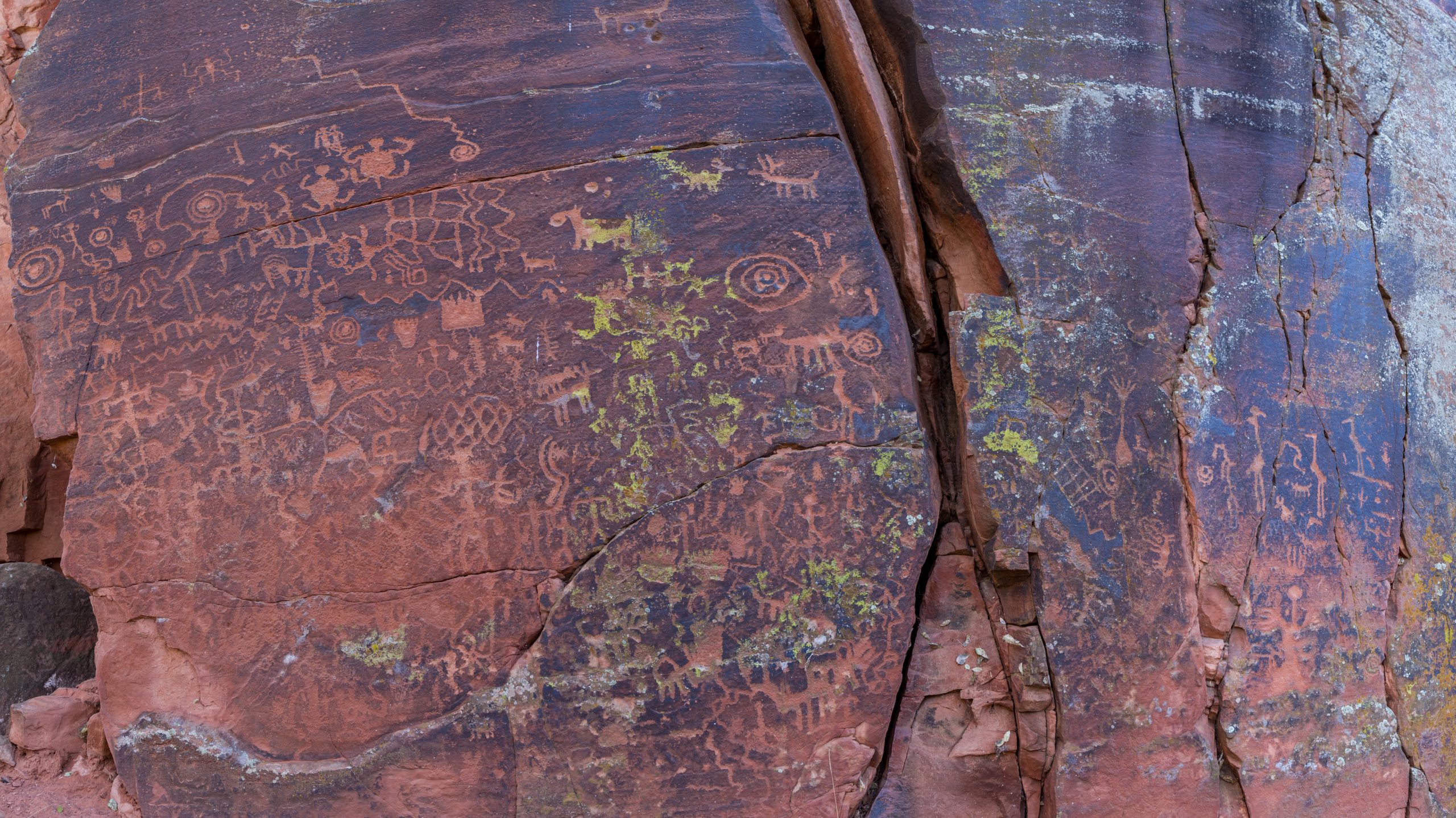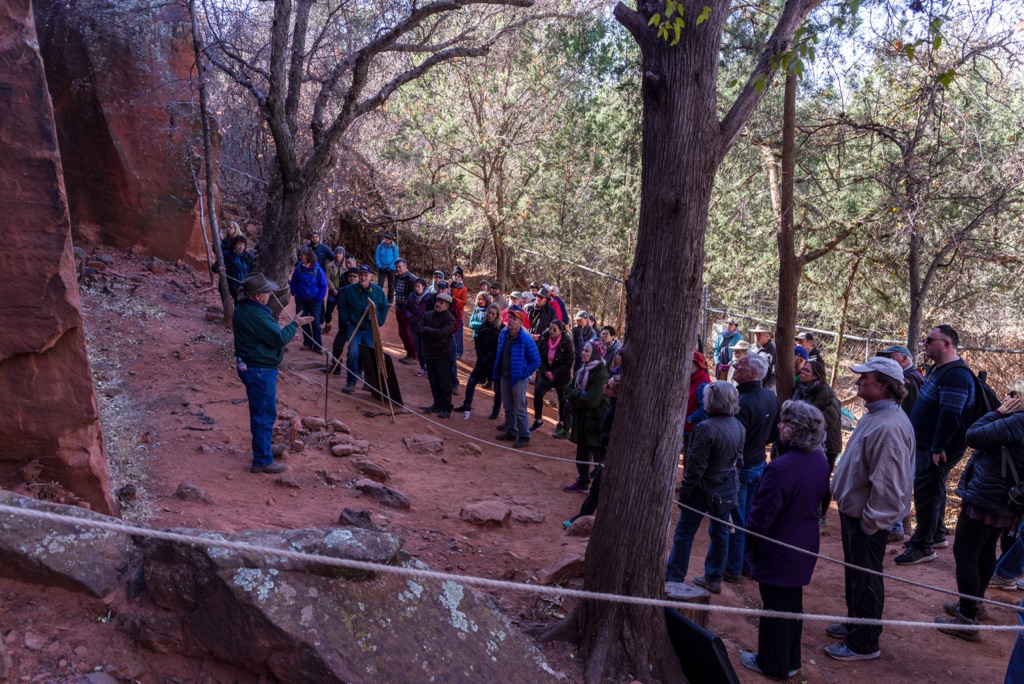The V Bar V Heritage Site: A Window into the Southern Sinagua Culture
The V Bar V Heritage Site stands as a significant archaeological and cultural landmark in the Verde Valley of central Arizona. It is recognized as the largest known petroglyph site in the region and is among the best-preserved. The site, which was acquired by the Coconino National Forest in 1994, features 1,032 petroglyphs distributed across 13 panels. These petroglyphs offer a unique glimpse into the lives and beliefs of the Southern Sinagua residents who inhabited the area between approximately 1150 and 1400 AD.
Get your dose of History via Email
Historical Overview
The petroglyphs at the V Bar V Heritage Site were created by the Southern Sinagua, a prehistoric culture known for their agricultural practices and trade networks that extended throughout the region. The site was familiar to early American settlers and was incorporated into the V Bar V ranch around 1907. The ranchers played a crucial role in protecting the petroglyphs from vandalism, with some historic ranch buildings still standing near the visitor center today. The transition of the site into the hands of the US Forest Service in 1994 marked a new chapter in its preservation and public accessibility.

The Beaver Creek Rock Art Style
The petroglyphs at the V Bar V Heritage Site are emblematic of the Beaver Creek rock art style, which is diagnostic of the Southern Sinagua culture. This style is characterized by its unique elements, relationships between elements, and manufacturing techniques. Approximately 20% of the petroglyphs depict zoomorphs, including representations of snakes, turtles, coyotes, deer, and antelope. Anthropomorphs and geometric figures, such as spirals and grids, constitute the next most common types of petroglyphs found at the site.
The V Bar V Heritage Site is particularly notable for the uniformity of its petroglyphs, which are almost exclusively rendered in the Beaver Creek style. This consistency, along with the well-spaced arrangement of the petroglyphs without overlap, provides a clear and undisturbed window into the artistic and cultural expressions of the Southern Sinagua.

Preservation and Public Engagement
The site is actively protected and maintained by the US Forest Service, with support from the Verde Valley Archaeological Society and the Friends of the Forest. These organizations offer interpretive tours and manage the site, ensuring that visitors can explore and learn about this important cultural heritage in a respectful manner. The visitor center, restroom, and bookstore, operated in partnership with the Arizona Natural History Association, enhance the educational experience for visitors.
The V Bar V Heritage Site is not only a testament to the artistic and cultural achievements of the Southern Sinagua but also serves as a model for the preservation and interpretation of archaeological sites. Through the collaborative efforts of various organizations and the support of the public, the site continues to offer invaluable insights into the prehistoric past of the Verde Valley and the broader Southwest region.

Sources:

